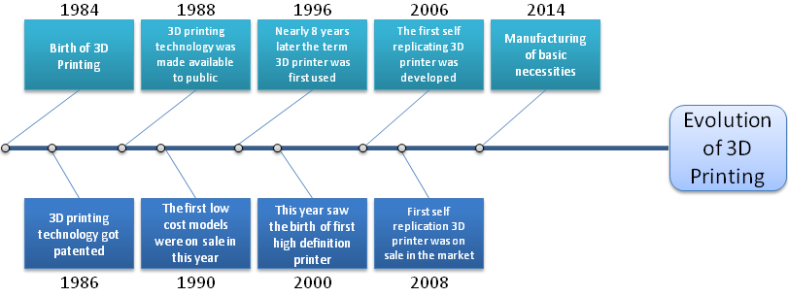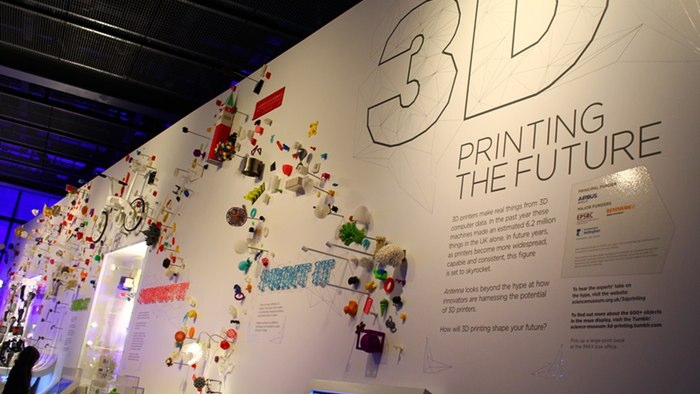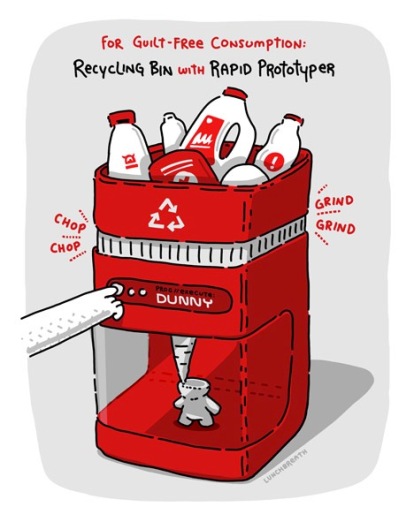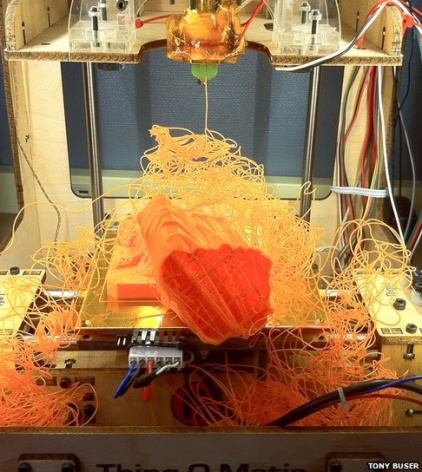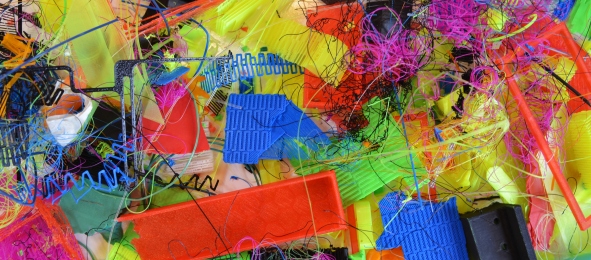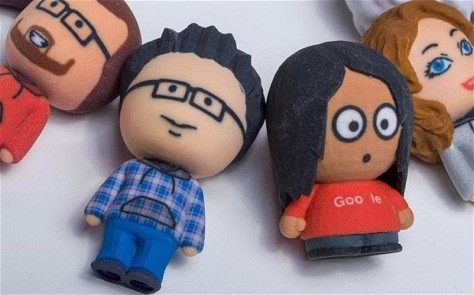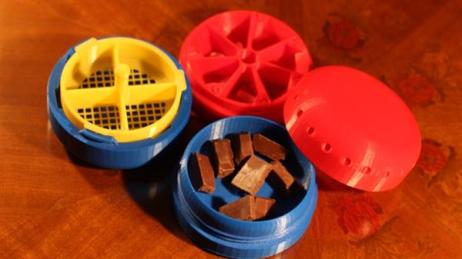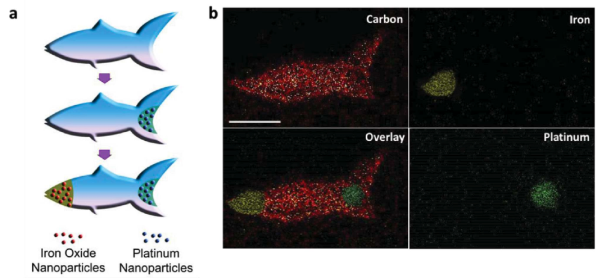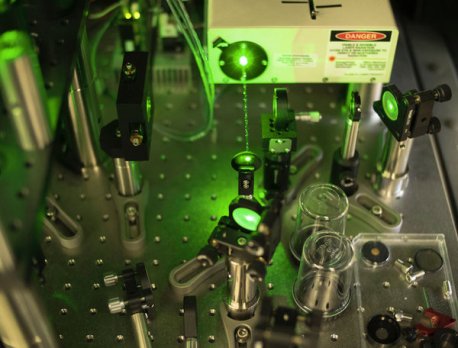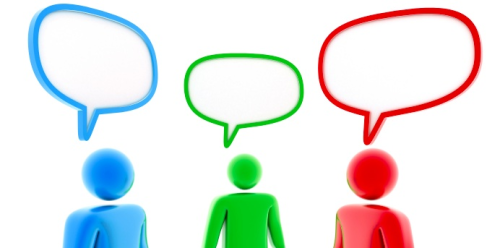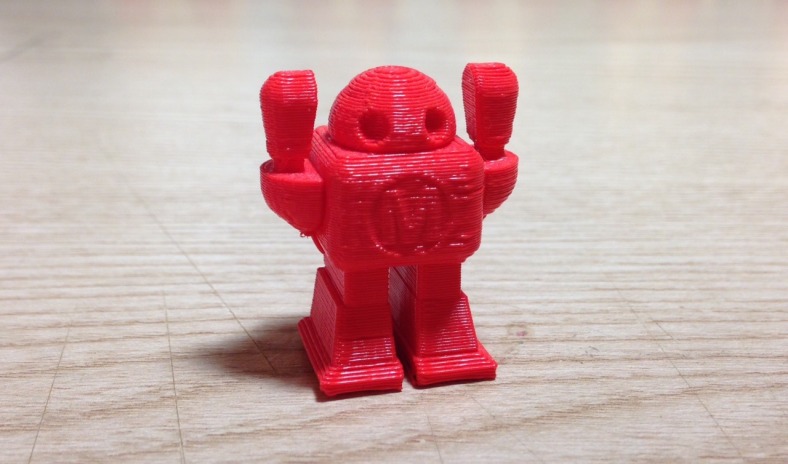
Image of my field trip souvenir!
I remember my first experience with 3-D printing as a high school field trip where our entire class was given small 3-D printed robot figures. The idea had been relatively new to me and most people at that time, even though 3-D printing had been invented many years ago.
For a few years after that experience, I’ve often seen news articles and stories about miracles that 3-D printing can perform. Back then, even though it was only about three years ago from this point, I never thought that 3-D printing could be used to create so many different objects.
Even now, as I’ve been researching through the topic of 3-D printing medial treatments, I’m still surprised at how fast 3-D printing has grown and what it may be able to do several years down the line. My biggest realization while researching about this topic is how important it is to inform yourself about the world around you.
Although I dived into this topic with a basic understanding of how 3-D printing can be used to build prosthetics, I never knew that 3-D printing could have created pills, organs and tissues, bones, and even the amazing body-exploring 3-D printed microscopic fish.
As written and portrayed in my previous PSA poster post, I believe that more people should be informed about 3-D printing’s capabilities. Not only would the attention support the researchers in creating more ways to help patients, but the patients themselves could also find ways that 3-D printing can help them. I had initially thought that the only medical use for 3-D printing was to create prosthetics, but I quickly learned through some basic research that 3-D printing was capable of so much more.
Not only did I find incredible discoveries and developments as listed above during my research, but I was also able to see the community that revolved around 3-D printing. From the community, I could see the incredible people from all over the world who were creating 3-D printing advancements, what their purpose and worries were, and what solutions they came up with. Other people who were interested and worried about how 3-D printing would affect society had also input their own constructive criticism on 3-D printing development.
Overall, I believe that it is important for us to be aware of the news and developments, especially regarding 3-D printing, in our society. The technology has grown tremendously over the past few years, and from many people’s views, will grow even faster in the future. As it becomes a larger part of our society, it is important for us to pay attention to and understand the themes behind 3-D printing.
